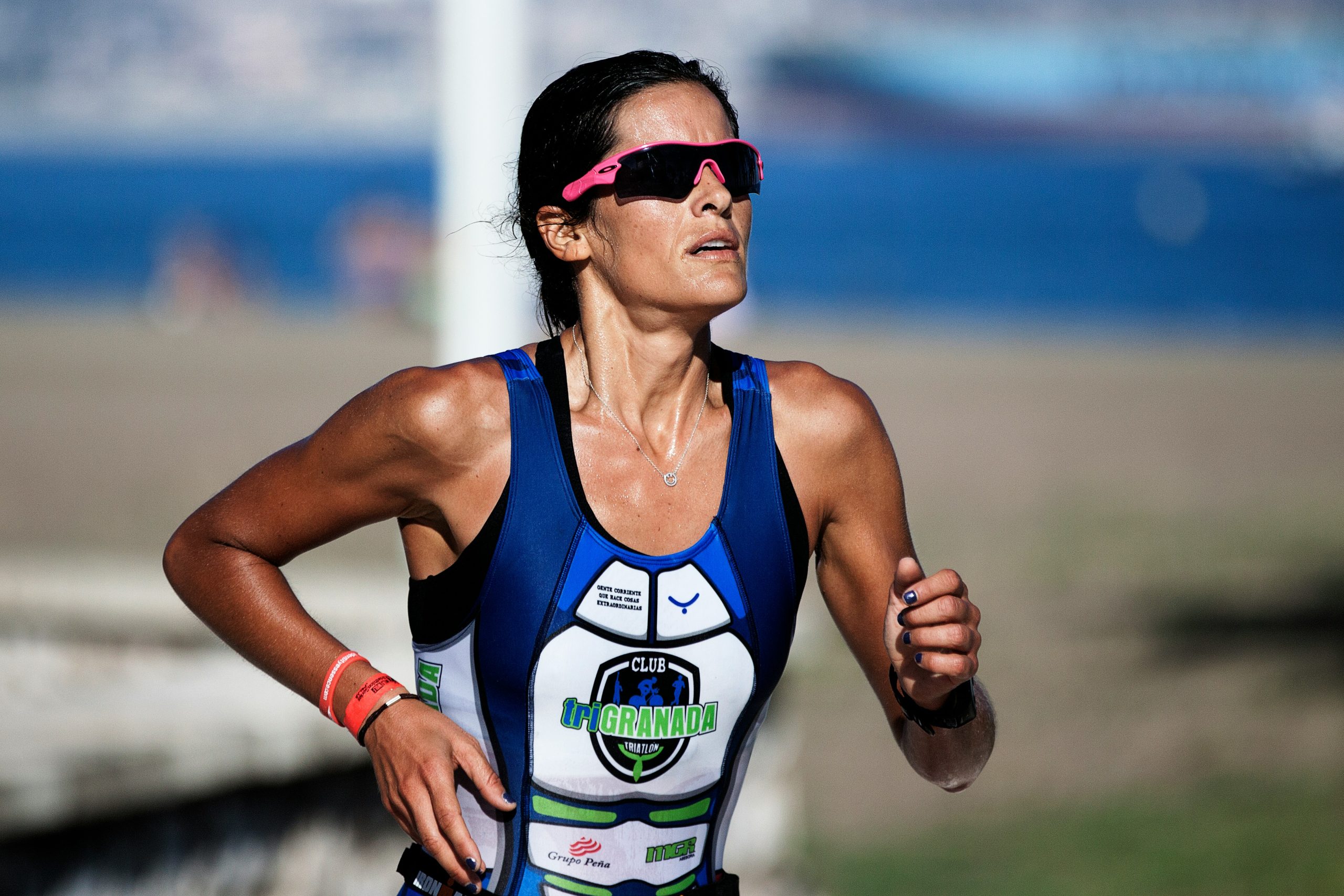Long-distance running is a test of endurance, strength, and mental resilience. However, the repetitive impact of running can lead to overuse injuries such as stress fractures and plantar fasciitis, which can sideline even the most dedicated athletes. Low-level laser therapy (LLLT) offers a non-invasive and highly effective solution for recovery and injury management, allowing runners to return to their training routines more quickly.
In this article, we’ll explore how LLLT can help marathon runners manage common injuries, improve recovery time, and optimize performance.
Understanding Common Running Injuries
- Stress Fractures:
These small cracks in the bone, often in the feet or lower legs, result from repetitive impact over time. Symptoms include localized pain, swelling, and tenderness. - Plantar Fasciitis:
This condition involves inflammation of the plantar fascia, the connective tissue running along the sole of the foot. It causes sharp, stabbing pain, particularly in the heel, and is often worse after periods of rest.
Both conditions are common among marathon runners due to the repetitive pounding on hard surfaces and the physical demands of long-distance running.
How Laser Therapy Works for Runners
Low-level laser therapy uses focused light energy to stimulate cellular repair, reduce inflammation, and alleviate pain. For runners, LLLT can be applied to injured areas such as the feet, legs, or Achilles tendon to:
- Accelerate Tissue Repair: LLLT stimulates collagen production and promotes the regeneration of damaged cells, supporting faster recovery.
- Reduce Pain and Inflammation: By suppressing pro-inflammatory markers and increasing blood flow, laser therapy alleviates pain and swelling.
- Enhance Circulation: Improved blood flow delivers oxygen and nutrients to injured tissues, speeding up the healing process.
- Support Long-Term Healing: Regular use of LLLT can help prevent chronic issues by addressing the root causes of inflammation and tissue damage.
Customer Testimonial: Recovery from Achilles Tendinopathy
Caroline shares her experience with the Handy Cure Low-Level Laser Device:
“The device arrived in reasonable time, and a query was attended to promptly. Over the course of two treatment cycles, my Achilles tendinopathy improved greatly, with the swelling in the tendon much reduced.”
Caroline’s story illustrates the effectiveness of LLLT for sports injuries and its role in facilitating recovery. Learn more about the Handy Cure Low-Level Laser Device.
Research Supporting LLLT for Running Injuries
A study by Wang W et al. (2019), published in The Journal of Clinical Medicine, examined the effects of LLLT on musculoskeletal injuries, including stress fractures and plantar fasciitis. The research found that laser therapy significantly improved recovery outcomes, with reduced pain and faster tissue repair.
Key findings include:
- Enhanced bone healing for stress fractures.
- Significant reduction in plantar fascia inflammation.
- Improved mobility and reduced recovery times.
The researchers’ comprehensive methodology ensured reliable and valid results. The study (DOI: PMC6370152) highlights the role of LLLT as a valuable tool for managing overuse injuries in athletes.
Benefits of the Handy Cure Low-Level Laser Device for Runners
The Handy Cure Low-Level Laser Device is an ideal companion for runners recovering from injuries. Its features include:
- Portable Design: Compact and lightweight for easy use at home or on the go.
- User-Friendly Interface: Simple controls make it accessible for everyone.
- Targeted Relief: Delivers precise treatment to injured areas, such as the feet or legs.
- Non-Invasive and Drug-Free: Provides a safe alternative to medications or invasive treatments.
Discover the Handy Cure Low-Level Laser Device here.
Addressing Common Questions About LLLT for Runners
1. What injuries can LLLT treat for marathon runners?
LLLT is effective for managing stress fractures, plantar fasciitis, Achilles tendinopathy, muscle strains, and general inflammation.
2. How long does it take to see results?
Most users experience noticeable improvements within the first few sessions. Chronic injuries may require consistent treatment over several weeks.
3. Is laser therapy safe for runners?
Yes, LLLT is a safe, non-invasive treatment with minimal side effects. It’s widely used by athletes to support recovery.
4. Can I use the Handy Cure device at home?
Absolutely. The device is designed for safe and convenient use at home, making it ideal for runners managing their recovery independently.
5. Does laser therapy help prevent injuries?
Yes, by reducing inflammation and supporting tissue health, LLLT can help prevent chronic conditions and overuse injuries.
Low-level laser therapy is a game-changer for marathon runners, offering an effective solution for managing stress fractures, plantar fasciitis, and other common injuries. Backed by scientific research and real-life success stories, devices like the Handy Cure Low-Level Laser Device provide a safe, non-invasive way to speed up recovery and improve performance. For runners looking to enhance their recovery routine, LLLT is a must-try therapy.
Disclaimer: Always consult with a healthcare professional before starting any new treatment for sports injuries.
References:Wang, W., Jiang, W., Tang, C., Zhang, X., & Xiang, J. (2019). Clinical efficacy of low-level laser therapy in plantar fasciitis: A systematic review and meta-analysis. Medicine, 98(3), e14088. https://doi.org/10.1097/MD.0000000000014088
